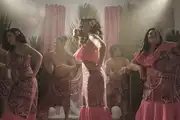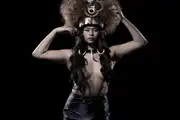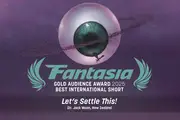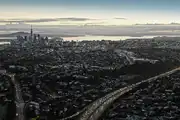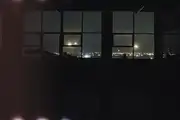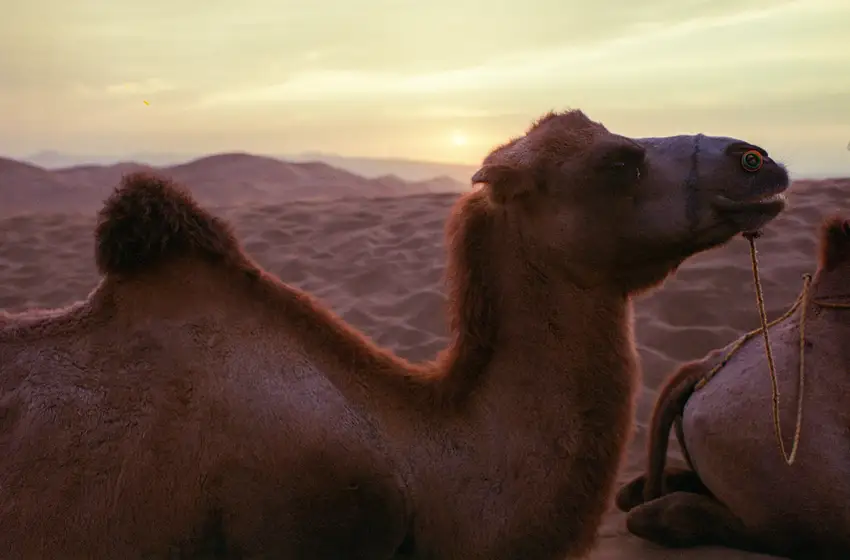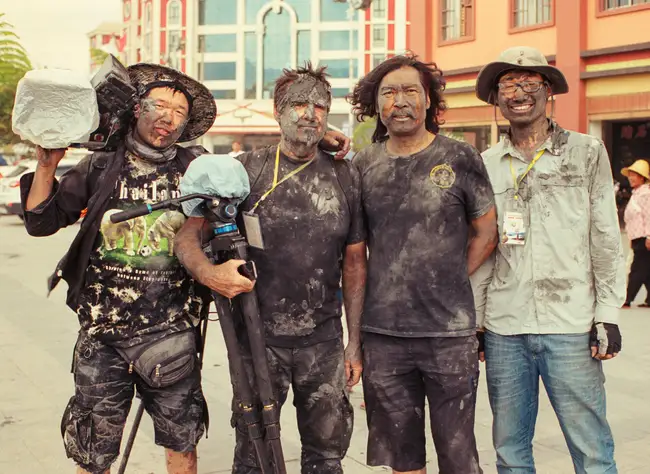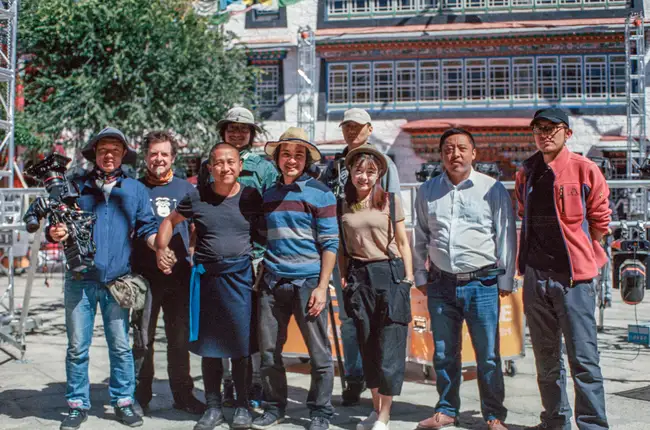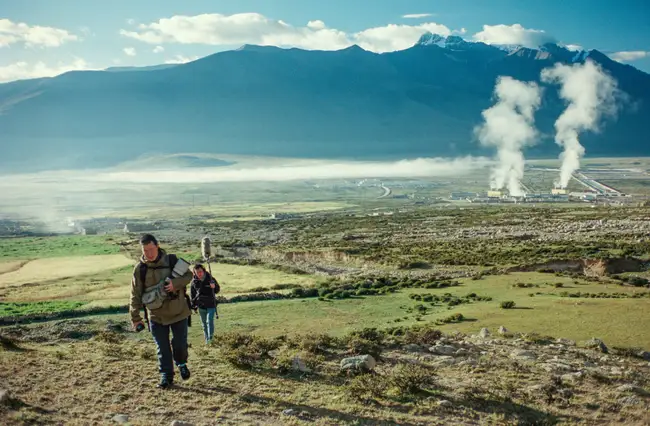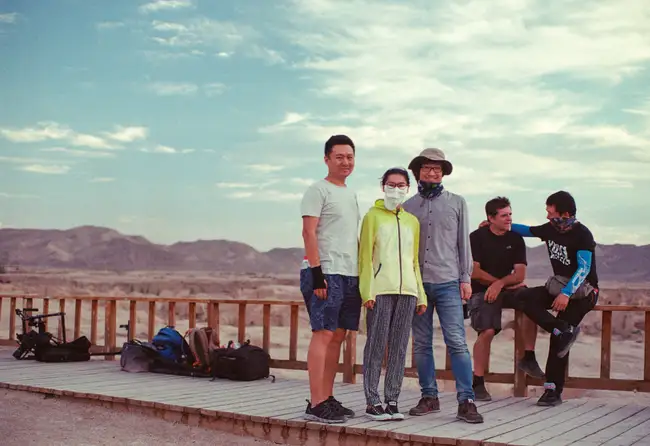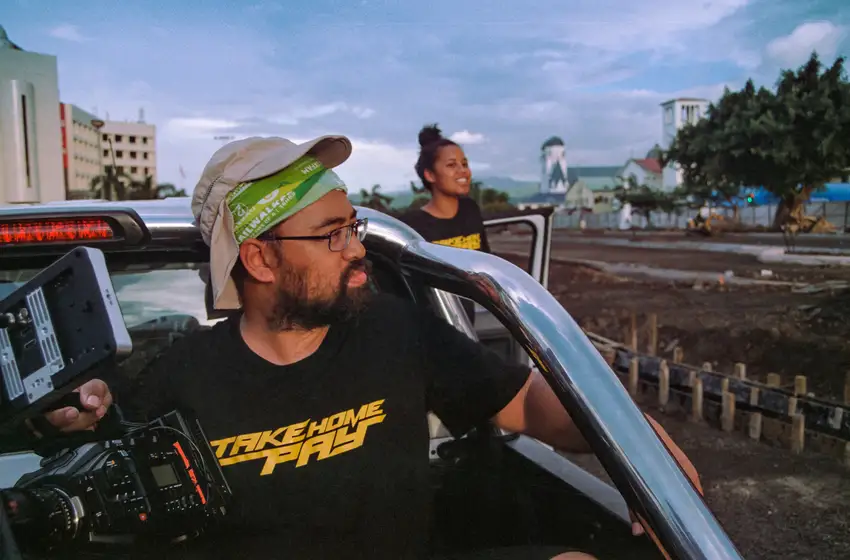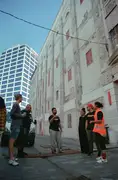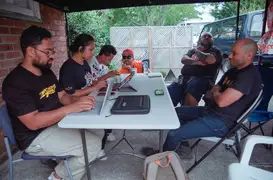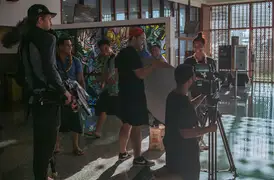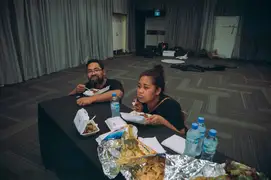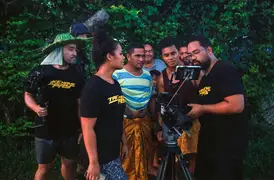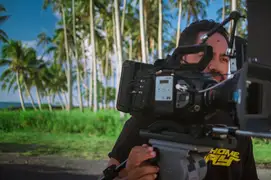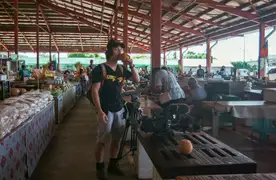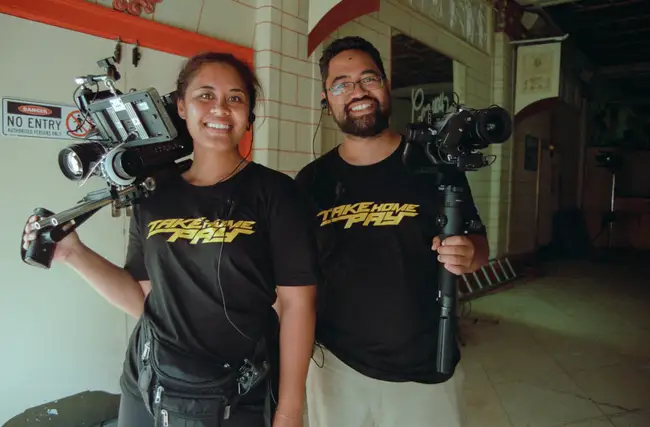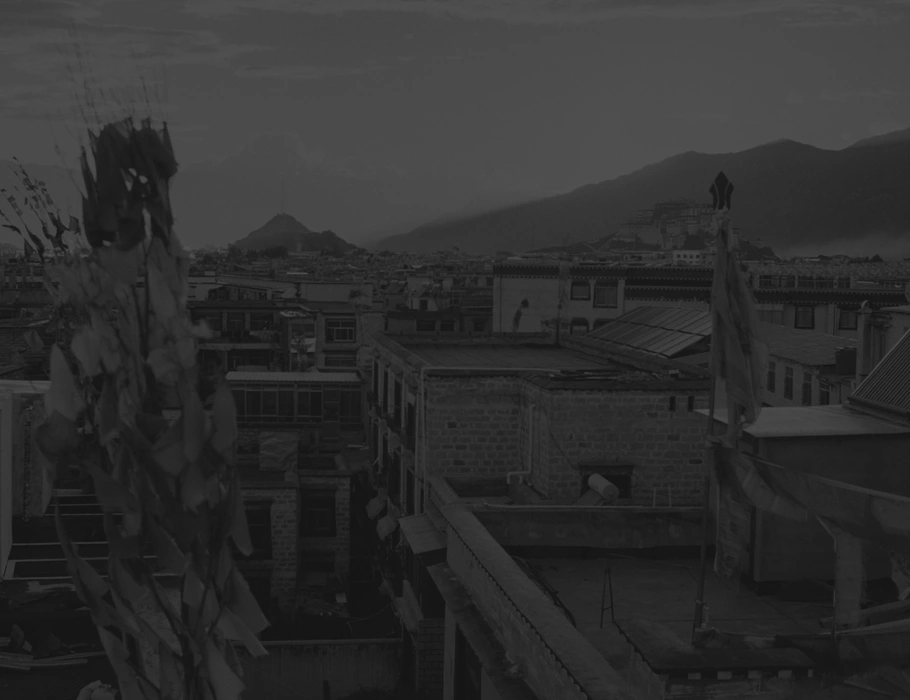
Stories
A visual feed of our filmmaking adventures.
Check out the latest news, musings and behind the scenes highlights from the people driving our work. Unless otherwise credited, all photos are by Jack Woon.
Top Stories
Latest Stories
I hope everyone stays safe and healthy in the COVID-19 pandemic.
I found myself going down memory lane today, wondering if the documentary series I worked on for NHNZ several years ago had been aired. Turns out it's already available to watch for free online!
We hear so much negative news about China and tend to forget how monumentally huge and diverse the nation is. Going from one province to the other is like crossing borders in Europe - different languages, traditions and landscapes. Our crew was given the rare opportunity to film fascinating stories from the extremeties of this country, normally hidden from view. Please check it out!
Watch all three episodes now (in New Zealand) on New Zealand Geographic:
Enjoy the visuals beautifully shot by legendary Kiwi producer Mike Single. Many thanks to NHNZ for the opportunity all those years ago. This remains one of the best experiences of my career with the best doco team I've ever worked with.
The Most Important Part of Making Movies
Take Home Pay is complete – the third feature film with cinema release by the Vaiaoga-Ioasas in four years. A fact that still fills me with awe. What is this secret recipe that allows them to consistently comple a production?
After my experience on this and other projects, there’s one thing I know is true every time:
The most important part of making movies happens before the cameras start rolling.
At a basic level, it’s finding the right cast, thinking of your audience first and spending the time to hone the script. Stuff we were taught at Uni or film school. Get this part right, then everything flows naturally and easy from then on – from shooting to editing.
But I’d like to take that maxim further. It’s the things we’ve learned to make us better humans, before even learning to use a camera, that influences the success of a film.
I remember meeting Abba and Stallone 13 years ago. It was on a documentary about kids growing up in a small state-housing block in Northcote we made as a Uni project. We worked together on countless little films after that. Abba was always on set – I can’t even remember what her jobs were but it was basically everything from sound or lighting or people management. Stallone had no limits to his ambitious, out-of-the-box ideas. Their mum, Vaeani would always cook us the best sapa sui and a vast network of their loving friends would always come on board to support.
I could easily tell that this family was raised on pure virtue: study and work hard, stay humble, put others before yourself and always give back to the community. There’s so much to learn from how they are as people and I hope a tiny bit of it rubs off every time that chance comes around.
They've never changed. Each shoot day begins with a short encouraging speech, introductions to new faces and a prayer. Each day ends with a debrief with the cast and crew forming a circle and everyone getting a chance to say something if they choose. The atmosphere on set is overflowing with their charismatic leadership. All are inspired to follow in their footsteps and give more than we’re given.
There's no magic formula for making successful movies time and time again. But a great start would be to become a great person.
Thank you, Stallone and Abba, for the privilege of being a part of your film. I’m so proud you and so proud of the film we’ve created. I can’t wait to see you guys stand in front of a packed audience at the Civic and share it with the world.
Take Home Pay premieres tomorrow (Sunday) at the Civic Theatre in Auckland.
August 25th - WORLD Premiere | Auckland
August 26th - Wellington Premiere | Embassy Theatre
August 29th - Australian Premiere | Sydney, EVENT Cinemas Campbelltown
Sept 5th - Opening in Select NZ and AU Cinemas
September 19th - Opening in Samoa, Fiji, Papua New Guinea & Cook Islands
U.S.A. – Coming soon
Take Home Pay is the third independent feature film that I've worked on with brother-sister team S.Q.S and Abba-Rose (M2S1 Films/Cadness Street). It's easy to forget how miraculous it is that a film which is 100% self-funded (no crowdfunding, no government grants, just the producers' own hard-earned cash, blood, sweat and tears) is set to be released on the big silver screen. It doesn't hold back either - this is a genre film that punches well above its weight, complete with action set pieces and high speed chases!
I'm extremely proud to present the official trailer for Take Home Pay, releasing first in New Zealand cinemas on September 5th 2019. Other countries to follow.
Aspiring Private Investigator Bob Titilo (Tofiga Fepulea'i) helps Alama (Vito Vito) to find his brother Popo (Longi Taulafo) - who has run away with Alama's money. Bob's unconventional methods take the pair on a wild goose chase, leaving the chances of recovering the money less and less likely.
It's an absolute pleasure to be working again with the A-team on this trailer: master musician Andrew Faleatua, graphic designer Opeta Elika and sound guru Dick Reade/Reade Audio. Edit, motion graphics and grade by me in my little Unko Films studio.






